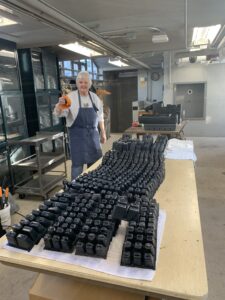Yes, it feels like spring outside, and yes, you want to be out there digging, but fight that urge! It is NOT time to be digging in the soil, so satisfy your urge to grow by planting some seeds, as now is the perfect time for seed starting!
Go to a big box store, garden supply, co-op or hardware store if you would like to buy your seed starting trays, pots or other containers, a cover, and some “seed starting, germination, or planting mixture.” Alternatively, you can use paper cups, old yogurt or other containers with holes punched in the bottom, or planters you make yourself by rolling long strips of newspaper around a tomato paste can or other small vessel and folding in the bottom. Filling it with soil and wetting the planted mixture will hold the vessel together.
Buy some seeds, beg for some from your gardening friend, or pull out those you collected last year. If they are not seeds packaged for 2024 you can check their viability by putting a few in a very damp paper towel and sealing it in a plastic bag, putting it in a warm place and checking daily. In a surprisingly short period of time some or all of the seeds should germinate. If not, consider buying more or at least planting more seeds per cell as not all will grow.

Perhaps the most important part of starting seeds at home is reading the seed packet. It will tell you about how many weeks before they are put in the garden the seeds should be started. Take this as an estimate and know that earlier is generally better in our climate as that last frost date tends to be later than we hope. Also follow the packet instructions as to the depth to plant as some seeds need light to germinate so they need to be on the surface of the soil.
Place the pots or trays in a warm place, like the top of your refrigerator, cover with a dome or plastic and keep moist until you see little sprouts. Then remove the covers and grow your plants in the most sunny location you have, watering as needed to keep them moist but not too wet. If you can provide extra light from some lamps or shop lights, putting those on a timer so your plants are receiving about 16 hours of light a day would be ideal. Grow lights are not necessary, just use what you have.
Fertilize your little plants with a weak solution of liquid fertilizer every few weeks and they should be ready to plant out in your garden or pots by the first of June. Remember to put your new babies out for a few days in a protected location to get them “hardened off” and ready to handle the summer weather.
Written by Garden Supervisor, Pat Witt

